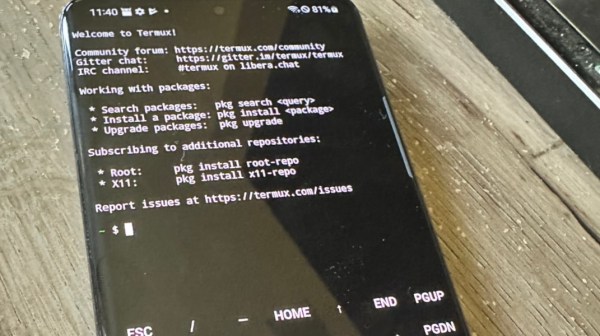We tinkerers often have ideas we know are crazy, and we make them up in the most bizarre places, too. For example, just imagine hosting a website while pedaling across the world—who would (not) want that? Meet [Jelle Reith], a tinkerer on an epic cycling adventure, whose bicycle doubles as a mobile web server. [Jelle]’s project, jelle.bike, will from the 6th of December on showcase what he’s seeing in real time, powered by ingenuity and his hub dynamo. If you read this far, you’ll probably guess: this hack is done by a Dutchman. You couldn’t be more right.
At the heart of [Jelle]’s setup is a Raspberry Pi 4 in a watertight enclosure. The tiny powerhouse runs off energy generated by a Forumslader V3, a clever AC-to-DC converter optimized for bike dynamos. The Pi gets internet access via [Jelle]’s phone hotspot, but hosting a site over cellular networks isn’t as simple as it sounds. With no static IP available, [Jelle] routes web traffic through a VPS using an SSH tunnel. This crafty solution—expanded upon by Jeff Geerling—ensures seamless access to the site, even overcoming IPv6 quirks.
The system’s efficiency and modularity exemplify maker spirit: harnessing everyday tools to achieve the extraordinary. For more details, including a parts list and schematics, check out [Jelle]’s Hackaday.io project page.















